Summary of our user interview
On Wednesday 19th October in Cafe 1905 in Jesmond the team met up again with Client Tony and a recommended contact Steve Emsley to get his knowledge, insight and opinion on Renewable Energy and the Jesmond area as a whole for the benefit of our research for our design concept. After tea’s, coffee’s were all purchased and all formal introductions were done we asked Steve and Tony whether it was ok for us to audio record the interview for us to review after to ensure we had everything they both talked about, which they were both happy with.
We had our interview schedule ready with all the questions we wanted to ask Steve and following on from this are all the comments and advice that Steve and Tony gave to us from the questions we asked that we thought would be helpful in continuing on the process of this project.
- He is a retired social worker, has worked in environmental fields before, had written for the evening chronicle on green issues, has and still does many talks on energy saving and was involved in the transition newcastle campaign which ran till 2012.
- Likes having a planet to live on.
- Has done various talks on renewable energy and people came to his house to have a look at the energy system installed. Held a walk in session in Jesmond in 2012 at 1901 cafe where face to face conversations were had, had a strong interest from local people. People who wanted to engage did, it’s a slow process and very political. Tony also commented that political climate and financial constraint had a drop off in awareness of climate change from the government.
- Fossil fuels to climate change are the serious problems which are also hard to understand not just renewables that people don’t understand, people don’t think of climate change as a problem. When doing his talks tries to present things in a simple way but it is a very complex subject so is difficult to convey in a simple way sometimes. Writes to newspapers to keep the subject alive. Stated renewables could be a way for people with money to find something to invest in as bank rates etc are no good. Tony also stated that good publicity was needed, that it needs to be made easier for understanding.
- Steve shared his energy data in the evening chronicle, 20-30 articles. Thinks that existing users of renewable energy sharing their data is important for people to see that you can actually save/make energy, money etc. Stated as long as he was aware what was happening with his data he would be more than happy to share his data online, Tony also agreed. Steve also stated that larger companies who have financial power should be helping out with renewable energy. Tony commented saying that the local authority should lead by example using solar, double glazing etc. they aren’t doing enough.
- Had a consistent level of production. 5 and a half years had solar panels now and very pleased, has now reached crossover point where Steve is now creating more than they’re putting in.
- Doesn’t really have an opinion thinks they should all be going towards renewable energy. Will spend more time and effort getting his opinion and point of view across to the local people. Doesn’t believe that people can not afford it. Believes media has a role to play to raise awareness. Tony commented that it’s all about finding the cheapest company for their energy which is wrong, again mentioned that the government aren’t doing enough on the matter.
- Peak oil has already been found, that’s why there are wars. Bears little relation with renewable energy. Saudi Arabia raised market prices. Carbon dioxide levels are disastrous, flooding, draughting, price of foods.
- Based on questions 8 reaction, answers we skipped asking this question.
- Hadn’t used an energy dashboard before, but would gladly put his energy data onto one and use it for beneficial purposes for the Jesmond area. Would be good to have comparative data on different types of energy levels. Energy performance certificates for homes are very important but seem to get pushed aside. Tony stated that city council do it for poverty, police for crime so their should be somewhere you can go for energy information, data, help etc.
- Thought we’d cover a very good detail of work and was pleased we got to meet and wish us luck with our project and if we should need any further help just to reach out and ask.
After this interview with Steve and Tony and all their comments on the different subjects we had covered we felt we had a good basis of information which we can start to use to help us in the designing of our prototype. Again the word that has kept cropping up and did again was the words awareness and understanding which re iterates back to our goals at the start of the project which shows we’re on the right track.
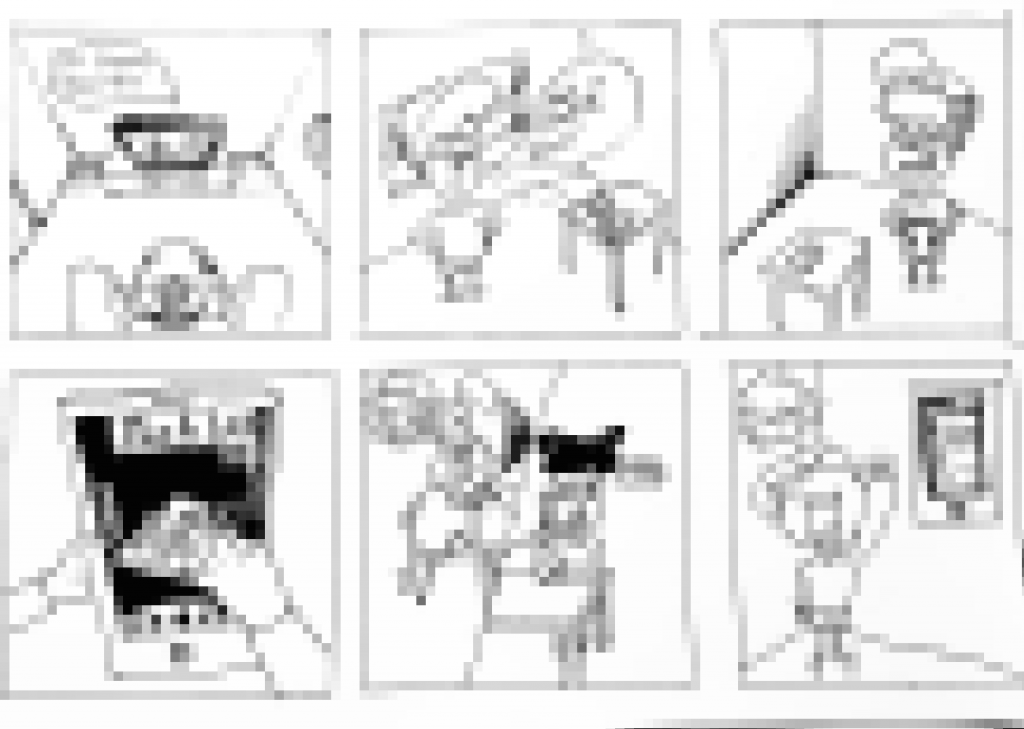
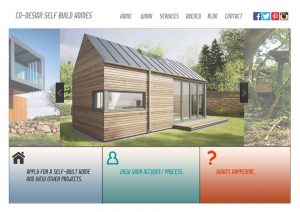

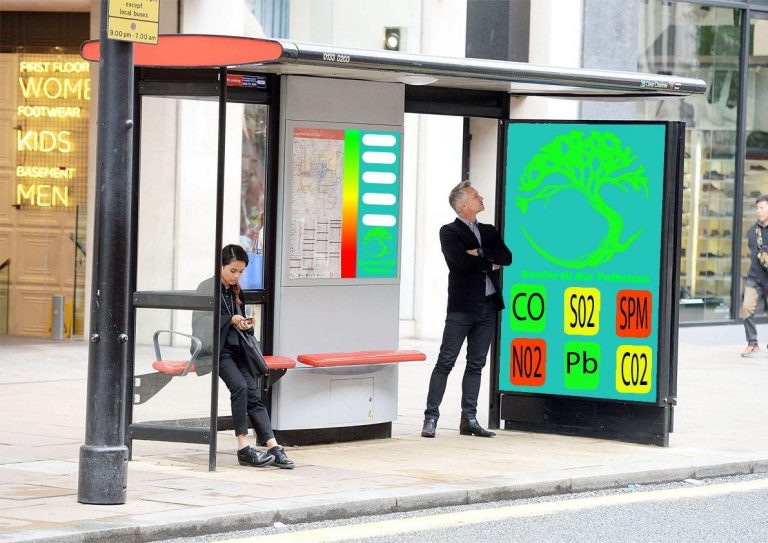
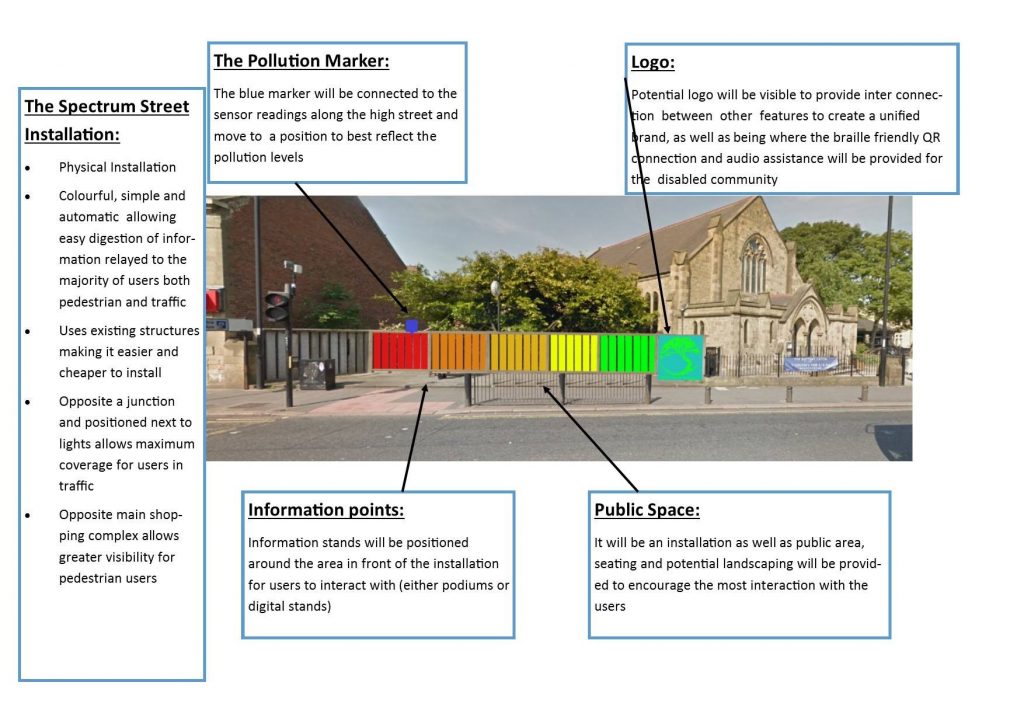


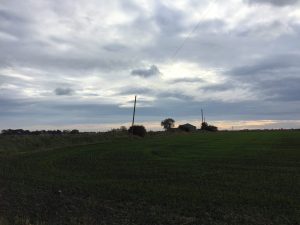 Please allow us to show off our photography skills for a minute… #nofilter
Please allow us to show off our photography skills for a minute… #nofilter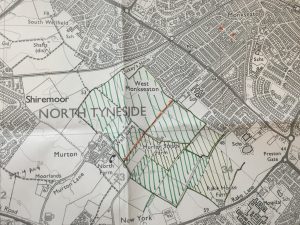 Area hatched with green Sharpies was the moor and farmland, whereas the orange dotted line in the middle was the proposed north-south link road, an extension of the current access road.
Area hatched with green Sharpies was the moor and farmland, whereas the orange dotted line in the middle was the proposed north-south link road, an extension of the current access road.